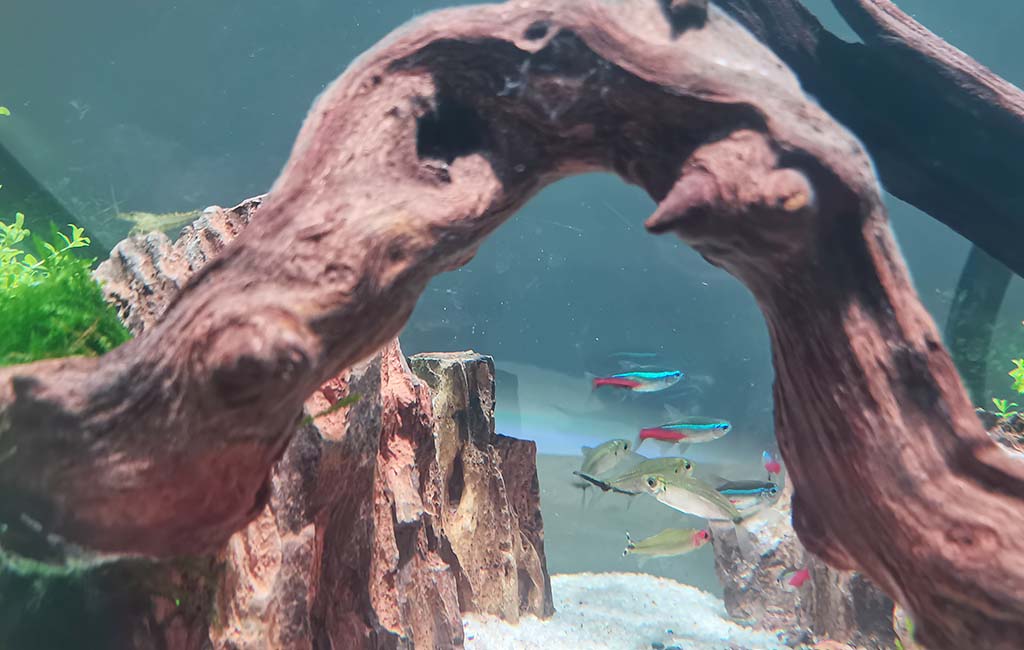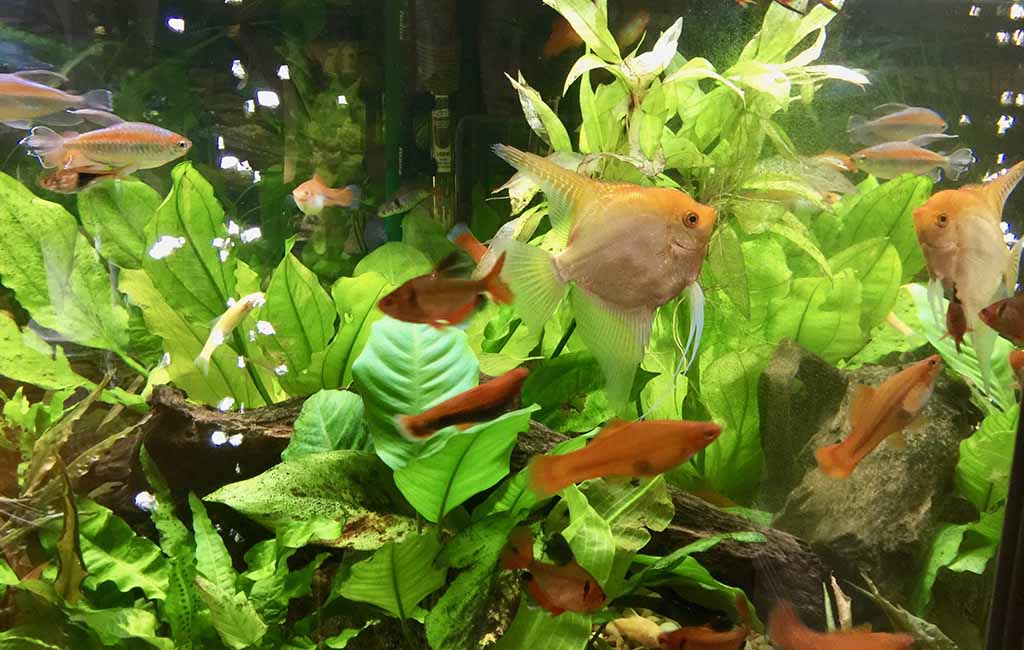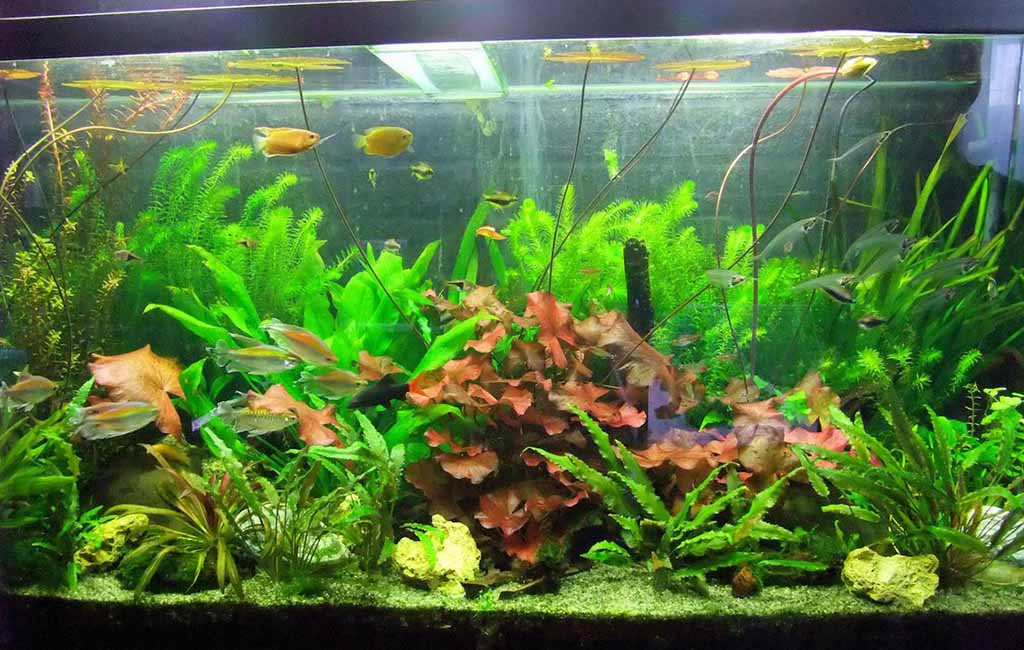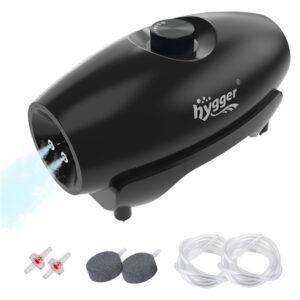As a sub-sector of the fisheries sector, aquaculture is rapidly expanding, making it easier to meet the global fish demand sustainably. Fish farming enthusiasts often face a critical decision: The two main decisions that have to be made include: whether to implement a monoculture production system or a polyculture system. This article analyses the idea of fish polyculture, how it differs from the monoculture practice, and the opportunities and obstacles related to each system. At the end of this article, you stand to gain a clearer perception of which of the two systems is most suitable for your aquaculture or fish-keeping system.
Content Table

Polyculture Fish in Aquaculture
What Is Fish Polyculture?
Bear in mind that fish polyculture is often referred to as the farming of several species in a pond, tank, or any other water source. This practice is intended to enhance the utilization of resources and productivity in the farming of fish. Polyculture emulates more the natural balance in the water body, where different species are cultured, and each has a unique function in supporting that balance.
Key features of fish polyculture include:
- Diverse Fish Species: Each of the species to be involved in a production system is selected depending on their feeding preferences as well as compatibility and or environmental factors they may need.
- Efficient Resource Use: The species of Organ pipe consciously occupy diverse availabilities of the water column and have different food preferences, thus reducing competition.
- Sustainability: Polyculture is effective in controlling harm to the environment and enhancing total output.
To fishkeepers, polyculture is a way of strengthening the biological diversification in the aquarium or pond environment, copying that in nature.
Difference Between Monoculture and Polyculture of Fish
Understanding the fundamental differences between monoculture and polyculture can help fish farmers and aquarists make informed decisions.
Monoculture of Fish
Monoculture, therefore, is the practice of rearing one particular type of fish in a given habitat. This is a common method of rearing fish in commercial fish farming since it is easy to use and takes a shorter time.
- Advantages:
- Simplified management and feeding practices.
- Easier disease control and prevention.
- Optimized growth rates for a specific species.
- Disadvantages:
- Increased risk of disease outbreaks.
- Overreliance on a single market or product.
- Limited use of available resources.
Polyculture of Fish
Polyculture incorporates multiple species, each complementing the others in terms of habitat use and feeding habits.
- Advantages:
- Enhanced resource utilization.
- Reduced environmental waste due to complementary feeding behaviors.
- Greater resilience to diseases and environmental stress.
- Potential to diversify income streams by harvesting multiple species.
- Disadvantages:
- More complex management and monitoring.
- Potential for interspecies competition if not managed properly.
- Higher initial investment in knowledge and infrastructure.

monoculture of fish
What Is Better: Monoculture or Polyculture?
It is for this reason that monoculture and polyculture farming depend on certain factors that range from the type of fish, the environment, and the goal.
When Monoculture Is Better
- Commercial Production: The monoculture system is efficient for the commercial production of popular species, such as tilapia or catfish, in large-scale production.
- Limited Resources: A monoculture is easier to manage because it does not involve the adoption of multiple types of species.
- Specific Market Demand: However, if the goal is to appeal to a specific market segment, then monoculture is the best shot.
When Polyculture Is Better
- Resource Optimization: A polyculture becomes ideal in situations where there is a rich source of natural resources, for instance, ponds containing various species of fish.
- Sustainability Goals: In this respect, polyculture creates more benefits for environmentally friendly farmers because it eliminates waste and boosts ecological health.
- Small-Scale Operations: When practicing polyculture in backyard fish farming or an aquarium, it has the advantage of displaying more fish species and a better aquatic environment.
Ultimately, the decision comes down to the goals and capabilities of the fish farmer or aquarist.
Polyculture of Fish in Ponds
The method is most suitable for application in ponds where the natural environment can, in some ways, facilitate a culture of several species of fish. Managing polyculture in ponds is always a technical one that needs proper management and planning.
Key Steps to Keep a Polyculture of Fish in Ponds
- Select Compatible Species: Select fish species that belong to different positions on the food chain. For instance, while surface-feeding species, midwater species, and bottom-feeding species remain distinct, they do not compete directly.
- Balance Stocking Densities: In the same way, the channel should not heavily stock its inventory in a bid to reduce channel stress and channel power. They should live in correct proportions so they effectively complement each other.
- Monitor Water Quality: Clean and stock the pond with water as often as they wish to do so that the water can be suitable for different species in terms of pH, dissolved oxygen, and temperature.
- Provide Adequate Nutrition: Maintain a varied diet to help feed all species according to their feeding habits. Include natural feed such as plankton in fish or seabirds or water plants in water animals as and when possible.
- Prevent Disease Spread: Report any abnormalities and maintain strict biological security to ensure that fish diseases do not cross-contaminate other species.
By following these steps, fish farmers can create a thriving polyculture system in ponds, optimizing production and sustainability.

fish polyculture
Examples of Polyculture Fish
Consequently, polyculture systems can stock several different fish species. Here are some common examples:
Tilapia and Catfish: Tilapia feed at the surface of the water, while catfish feed at the central bottom part of the water body. They both feed in different areas of the pond and do not leave any food uneaten.
Carp Species: Species such as common carp, grass carp, and silver carp, when reared together, enhance the utilization of resources. Grass carp feed on aquatic plants, silver carp feed on plankton, and common carp feed at the bottom.
Shrimp and Fish: Shrimp can be included in the polyculture systems to feed on residual feeds, and other organic matter found in the culture tanks.
Trout and Bass: In warmer climates, both these fish may compete for food; however, in cooler climates, they balance each other out in that trout feed on insects while bass feed on other fish.
Goldfish and Koi: In ornamental ponds, goldfish can be reared together with koi because they both provide aesthetic value, apart from being compatible.
Parting Thoughts
Every culture choice has its pros and cons depending on the aim of the fish farmer or the aquarist or fish keeper, the resources available, and the experience. Single-species production is convenient and effective with monoculture, whereas, with polyculture, it is more harmonious with nature. In concern to the production of a pond environment, polyculture is a very effective guide towards the optimum utilization of resources and production of better yields.
No matter whether you want to start a business or just have some fish in your backyard pond, the knowledge of these systems will enable you to make the right choices. Each has its advantages and disadvantages, and the right option depends on the ability to orient the system and the requirements for the organization of aquaculture.



Leave a comment